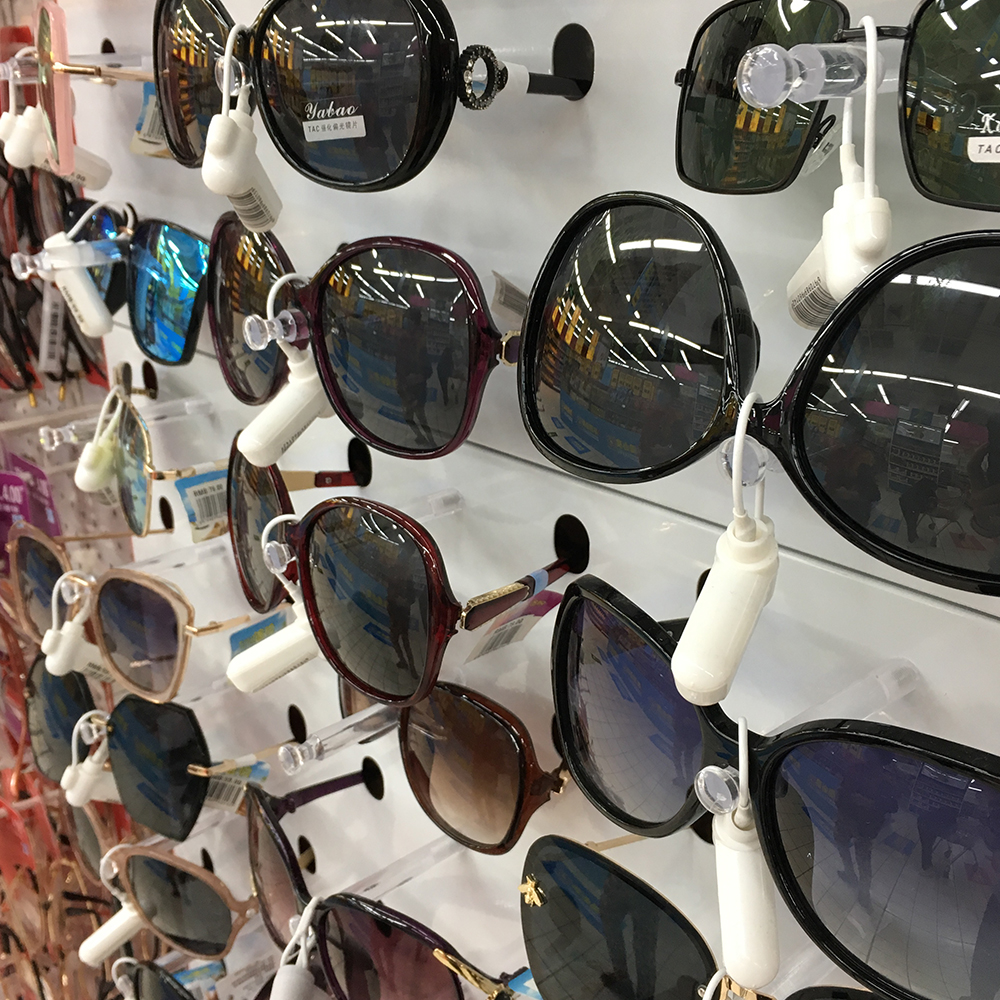- English
- Español
- Português
- русский
- Français
- 日本語
- Deutsch
- tiếng Việt
- Italiano
- Nederlands
- ภาษาไทย
- Polski
- 한국어
- Svenska
- magyar
- Malay
- বাংলা ভাষার
- Dansk
- Suomi
- हिन्दी
- Pilipino
- Türkçe
- Gaeilge
- العربية
- Indonesia
- Norsk
- تمل
- český
- ελληνικά
- український
- Javanese
- فارسی
- தமிழ்
- తెలుగు
- नेपाली
- Burmese
- български
- ລາວ
- Latine
- Қазақша
- Euskal
- Azərbaycan
- Slovenský jazyk
- Македонски
- Lietuvos
- Eesti Keel
- Română
- Slovenski
- मराठी
- Srpski језик
Do you know the wrong understanding of anti-theft tags?
2022-05-25
As an important part of anti-theft consumables, more and more retailers and manufacturers are beginning to realize the added value provided by anti-theft labels. Although security and anti-theft labels have obvious advantages in protecting goods, some merchants still refuse. Invest in such products. This is because they have some misunderstandings. Today, I will tell you what these misunderstandings are. Let's see if you've been recruited?
1. Think that sticking anti-theft labels is too labor-intensive
In fact, by planning production, retailers can pass this part of the unproductive labor cost to other links in the supply chain, such as manufacturing plants or distribution centers. Store associates don’t need to spend time labeling items, which not only ensures product consistency, but store associates can spend more time restocking and selling items.
2. Believing that the purpose of security labels is only for loss prevention
Someone did a study based on valid customer responses: every 1% increase in shelf availability can help increase sales by 0.5%. Loss prevention professionals see security tags as more than just theft, they are a full range of solutions that add extra value to store operations. When this program is deployed, more items will be available on the shelves to honest shoppers, ultimately leading to increased sales. What's more, with the proliferation of RF magnetic strips, retailers have the tools to optimize the consumer experience. Not only can retailers pinpoint exactly where items are located. It can also be deployed in store warehouses; quickly locating the required items, which is very important for the replenishment process.
3. Think anti-theft labels will degrade the consumer experience
For retailers, attrition due to theft is more of a double-edged sword. It is important to maintain a balance between attracting consumers with good and clear branding while deterring potential shoplifters. Displaying merchandise openly can help increase sales, but it also facilitates theft by dishonest customers. Anti-theft tags are now smaller, more accurate and more versatile than ever before. Suppliers can combine product branding and security solutions, and retailers can design and manage label placement on their own. Visualized safety information is integrated with product packaging, ensuring consumers can check out faster and optimizing consumer satisfaction.
4. Think that sticking anti-theft labels increases the cost
1. Think that sticking anti-theft labels is too labor-intensive
In fact, by planning production, retailers can pass this part of the unproductive labor cost to other links in the supply chain, such as manufacturing plants or distribution centers. Store associates don’t need to spend time labeling items, which not only ensures product consistency, but store associates can spend more time restocking and selling items.
2. Believing that the purpose of security labels is only for loss prevention
Someone did a study based on valid customer responses: every 1% increase in shelf availability can help increase sales by 0.5%. Loss prevention professionals see security tags as more than just theft, they are a full range of solutions that add extra value to store operations. When this program is deployed, more items will be available on the shelves to honest shoppers, ultimately leading to increased sales. What's more, with the proliferation of RF magnetic strips, retailers have the tools to optimize the consumer experience. Not only can retailers pinpoint exactly where items are located. It can also be deployed in store warehouses; quickly locating the required items, which is very important for the replenishment process.
3. Think anti-theft labels will degrade the consumer experience
For retailers, attrition due to theft is more of a double-edged sword. It is important to maintain a balance between attracting consumers with good and clear branding while deterring potential shoplifters. Displaying merchandise openly can help increase sales, but it also facilitates theft by dishonest customers. Anti-theft tags are now smaller, more accurate and more versatile than ever before. Suppliers can combine product branding and security solutions, and retailers can design and manage label placement on their own. Visualized safety information is integrated with product packaging, ensuring consumers can check out faster and optimizing consumer satisfaction.
4. Think that sticking anti-theft labels increases the cost
A clear understanding of the amount of wastage is a prerequisite for executing the project, and it is very important to accurately predict which items will receive a high return on investment with labels, including inaccurate inventory, time spent by employees looking for items, due to shortages. Lost orders caused by goods, etc. When it comes to cost, a project fully deployed at source can quickly see its value. The source labeling program has been proven to reduce external wastage by 50% while ensuring product availability and open display.




